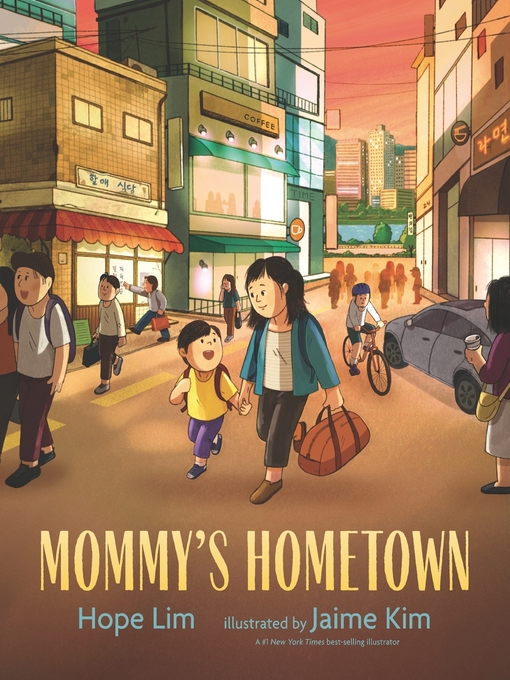Review by Booklist Review
Lim's story follows neighbor-friends Sofia and May as their friendship blossoms and blooms over the shared fence of their backyards. Using a rich pastel palette and closely following the movement of the two energetic children, Maydani's artwork enhances this sweet tale of two friends sharing their summer adventures and looking for the good in each other. When Sofia and May leave their houses and backyards and find a sea of sourgrass, they vow to be best friends forever, no matter what. But when May moves away and the letters slow down, Sofia struggles through a cold and colorless winter without her friend and learns to trust May's promise. As spring--and the sourgrass--blooms again for Sofia, Lim's story reminds us that true friendship endures the harshest season, validating the emotional struggles over friends moving away, even as we root for Sofia and May to be reunited and to rekindle their friendship in the bright, sunlit patch of sourgrass.
From Booklist, Copyright (c) American Library Association. Used with permission.
Review by Horn Book Review
A relatable tale of friendship and change. Sofia, a dark-skinned girl with cornrowed hair, and May, with long brown hair and light skin, open the gate between their yards and play together daily. One day, they find a field abloom with yellow sourgrass flowers. "My mom says sourgrass shows up every spring, keeping its promise," says May. The girls nibble the sourgrass and spit out the stems, and the plant comes to represent their closeness as best friends. As they romp in the blooming fields, Sofia's stuffed-animal mouse and May's duck come to life and play with the girls and each other. But one "colorless day," May moves away, turning the chalk pastel and watercolor illustrations that had teemed with yellows, oranges, pinks, and greens to darker blues, blacks, and maroons. Sofia sends May letters, but as winter arrives, responses stop. When Sofia spots an early-spring sourgrass flower growing through the fence -- its roots in May's yard and flower in hers -- Sofia recalls the promise of their friendship, and soon, the possibility of a new friend emerges. Lim's hopeful story, with its spare, accessible text, and Maydani's soft, whimsical illustrations offer readers lots to love and notice. Michelle H. MartinMay/June 2024 p.121 (c) Copyright The Horn Book, Inc., a wholly owned subsidiary of Media Source, Inc. No redistribution permitted.
(c) Copyright The Horn Book, Inc., a wholly owned subsidiary of Media Source, Inc. No redistribution permitted.
Review by Kirkus Book Review
Sofia and May share a special friendship that weathers both distance and time. The fence that separates the girls' houses becomes the door to friendship. After spending spring and summer playing in a nearby field of sourgrass and making a game out of spitting sourgrass stems, the two resolve to be best friends forever. After May moves away, the children initially exchange letters, but May stops writing, and Sofia wonders if she's been forgotten. When the sourgrass blooms the following spring, however, Sofia tastes one of the flowers and is reminded of the strength of their bond. Soon, she receives a note from May, and a potential new friend appears by the fence. The lovely, poetic text conveys the depths of childhood friendships and the pain of life's inevitable changes. Readers will wonder, right along with Sofia, whether May will return her letters. Warm illustrations, rendered in chalk pastel and watercolor, are every bit as vibrant as a blossoming friendship or a summer day. One particularly stunning image spans two pages and shows Sofia observing a stem of sourgrass growing through a crack in the fence. The flower lights up the page, a smudge of yellow playing across Sofia's nose, while warm oranges and pinks soften the scene. Lim and Maydani offer a realistic yet hopeful depiction of ever changing, meaningful childhood bonds. Sofia is Black, while May presents white. A gentle tug at the heartstrings. (Picture book. 4-6) Copyright (c) Kirkus Reviews, used with permission.
Copyright (c) Kirkus Reviews, used with permission.

